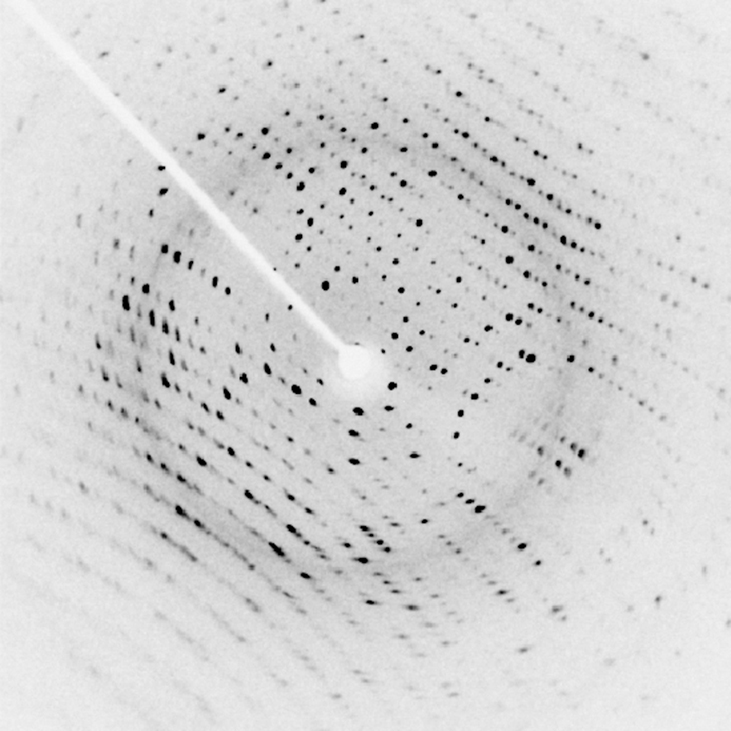| << Chapter < Page | Chapter >> Page > |

Atomic and molecular spectra are discrete. What does discrete mean, and how are discrete spectra related to the quantization of energy and electron orbits in atoms and molecules?
Atomic and molecular spectra are said to be “discrete,” because only certain spectral lines are observed. In contrast, spectra from a white light source (consisting of many photon frequencies) are continuous because a continuous “rainbow” of colors is observed.
Discuss the process of the absorption of light by matter in terms of the atomic structure of the absorbing medium.
NGC1763 is an emission nebula in the Large Magellanic Cloud just outside our Milky Way Galaxy. Ultraviolet light from hot stars ionize the hydrogen atoms in the nebula. As protons and electrons recombine, light in the visible range is emitted. Compare the energies of the photons involved in these two transitions.
UV light consists of relatively high frequency (short wavelength) photons. So the energy of the absorbed photon and the energy transition ( ) in the atom is relatively large. In comparison, visible light consists of relatively lower-frequency photons. Therefore, the energy transition in the atom and the energy of the emitted photon is relatively small.
Why are X-rays emitted only for electron transitions to inner shells? What type of photon is emitted for transitions between outer shells?
How do the allowed orbits for electrons in atoms differ from the allowed orbits for planets around the sun?
For macroscopic systems, the quantum numbers are very large, so the energy difference ( ) between adjacent energy levels (orbits) is very small. The energy released in transitions between these closely space energy levels is much too small to be detected.
What is the minimum frequency of a photon required to ionize: (a) a ion in its ground state? (b) A ion in its first excited state?
For
, one electron “orbits” a nucleus with two protons and two neutrons (
). Ionization energy refers to the energy required to remove the electron from the atom. The energy needed to remove the electron in the ground state of
ion to infinity is negative the value of the ground state energy, written:
Thus, the energy to ionize the electron is
Similarly, the energy needed to remove an electron in the first excited state of
ion to infinity is negative the value of the first excited state energy, written:
The energy to ionize the electron is 30.6 eV.

Notification Switch
Would you like to follow the 'University physics volume 3' conversation and receive update notifications?